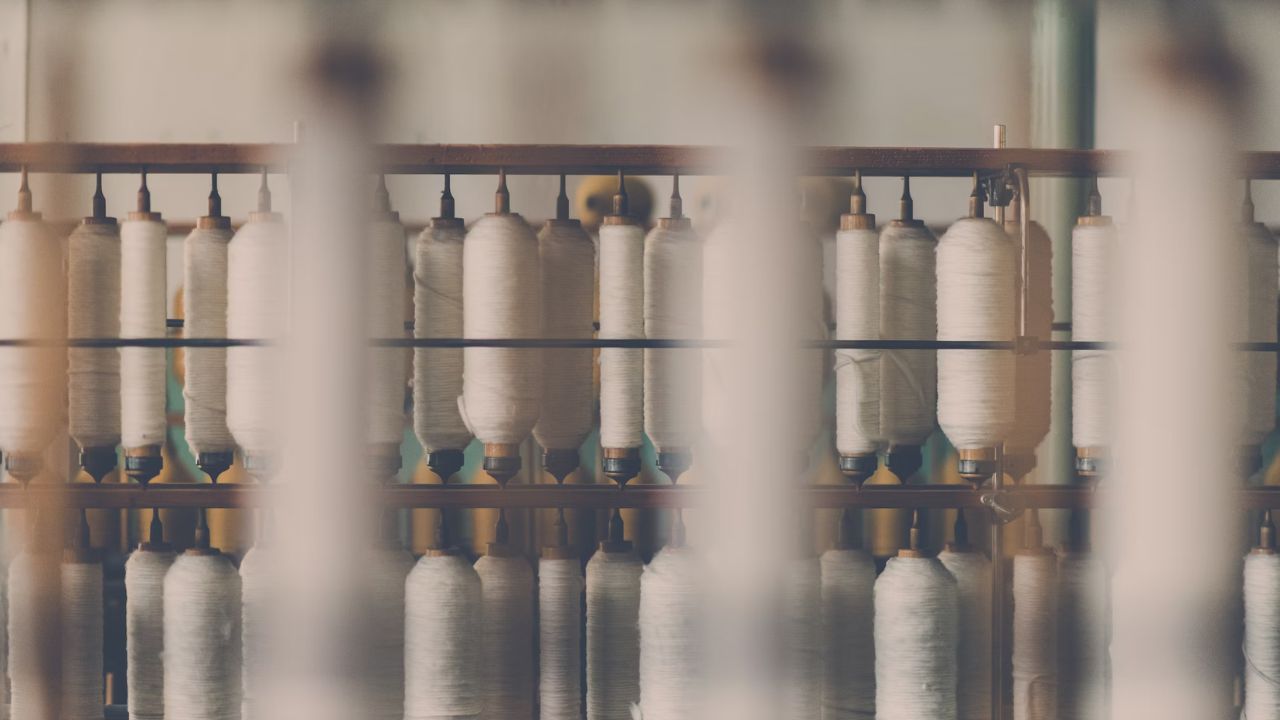Sunlight, though cherished for its comforting warmth and illuminating glow, can exact a toll on various materials and fabrics over time. Many of us have lamented the sight of our cherished outdoor furniture succumbing to the harsh effects of prolonged sun exposure—fading, cracking, and slowly deteriorating. This degradation is primarily attributed to the relentless assault of ultraviolet (UV) rays, a potent component of sunlight. However, there exists a formidable solution in the form of UV-resistant fabrics, with one standout contender: Sling Fabric. This remarkable material stands as a beacon of hope for outdoor enthusiasts and furniture aficionados alike. Engineered to repel the damaging influence of UV rays, sling fabric not only preserves the vibrant aesthetic of outdoor furniture but also extends its lifespan, promising years of enjoyable use under the open sky.
Sling fabric’s unique composition and advanced manufacturing techniques render it a stalwart defender against the sun’s formidable rays. Its tightly woven structure acts as a natural barrier, deflecting a significant portion of the UV radiation. This quality not only prevents color fading but also mitigates the risk of structural weakening and material breakdown. In addition, sling fabric boasts excellent breathability, ensuring a comfortable and relaxing outdoor experience. This breathability allows air to circulate freely, reducing the likelihood of heat buildup and maintaining a pleasant surface temperature even on the hottest of days. With its combination of durability, aesthetic appeal, and protective prowess, sling fabric emerges as the paragon of UV-resistant materials, enhancing the longevity and allure of outdoor living spaces worldwide.
What is UV Radiation?
Ultraviolet (UV) radiation constitutes a form of electromagnetic energy emanating from the sun. Despite being invisible to the naked eye, UV rays possess shorter wavelengths than visible light, endowing them with the potential for harm. This radiation is categorized into three types: UVA, UVB, and UVC. UVA rays, though less intense, are the most prevalent and can penetrate deep into the skin, contributing to premature aging and potentially promoting skin cancer. UVB rays, with medium wavelengths, primarily affect the outer skin layers, leading to sunburns and playing a significant role in the development of skin cancers. Fortunately, the Earth’s atmosphere filters out the most dangerous UVC rays. However, certain man-made sources, such as tanning beds, can emit UVC radiation. Understanding the impact of UV radiation is crucial for the development and selection of protective materials like sling fabric, which acts as a formidable shield against these potentially harmful rays, safeguarding both individuals and outdoor furnishings from their detrimental effects.
UV Resistance in Fabrics
Just as our skin is susceptible to UV radiation, fabrics too get damaged when exposed to it. UV radiation breaks down the chemical bonds in a specifically material, leading to discoloration and weakening of the fabric. UV-resistant fabrics, however, are designed to combat and resist this deterioration. They undergo treatment during the manufacturing process, or have inherent properties that reduce UV degradation. This resistance ensures that the fabric maintains its color, strength, and durability for an extended period, even when subjected to direct sunlight.
Why Sling Fabric Stands Out
Sling fabric is a woven material known for its strength, durability, and most notably, its UV resistance. Here’s why sling fabric is considered perfect for sun loungers:
- High UV Resistance: Sling fabric is often made from synthetic fibers, like vinyl-coated polyester or acrylic, that inherently resist UV degradation. Moreover, the fabric undergoes treatments to further enhance this resistance.
- Strength & Durability: Sun loungers need to be sturdy. Sling fabric offers the perfect balance between flexibility and strength. It doesn’t sag easily, ensuring that the furniture maintains its shape and comfort over the years.
- Quick Drying: Sling fabric is designed to be porous, which means water doesn’t accumulate on it. Instead, it drains away, allowing the fabric to dry quickly. This is especially beneficial for sun loungers placed near pools or in regions that experience sudden showers.
- Low Maintenance: Another advantage of sling fabric is its low maintenance requirement. The fabric is easy to clean and doesn’t retain dirt or stains easily. This makes it an ideal choice for outdoor furniture, which often has to endure spills, dust, and bird droppings.
- Comfort: Sun loungers should be comfortable. Thanks to the flexibility and breathability of sling fabric, it conforms to the body’s contours while ensuring adequate air circulation, making lounging a pleasurable experience.
- Aesthetics: Sling fabric comes in a variety of colors and patterns, allowing homeowners and businesses to choose styles that best suit their aesthetic preferences.
Caluco: The Best Furniture Manufacturer in Town
When discussing premium-quality sun loungers made from sling fabric, it’s impossible not to mention Caluco. Renowned for its commitment to craftsmanship, design, and durability, Caluco stands out in the furniture industry. The company offers an extensive range of Sling Fabric For Outdoor Furniture, ensuring that clients have diverse, top-tier options to choose from. By blending style with functionality, Caluco ensures that your outdoor spaces not only look good but also stand the test of time and nature’s elements.
In conclusion, for those looking to invest in outdoor furniture, especially sun loungers, sling fabric is undoubtedly a choice worth considering. And if you’re looking for the best in the business, Caluco is the name to trust.
